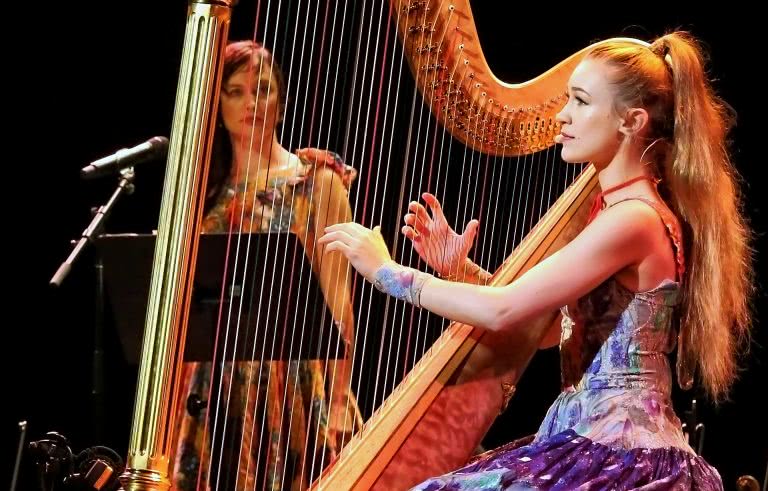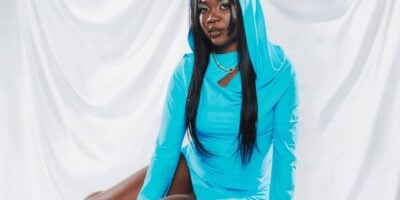Reviewed onThursday January 21 (photo by Prudence Upton)
To misquote Arthur C. Clarke, any good gig should be ultimately indistinguishable from magic. So it was at Joanna Newsom’s Sydney Festival show, a night that saw not one but two acts – the support and the headliner – transcend the boundaries of the real, coming to rest somewhere on the very outer extremes of the exquisite.
It was a peep behind the curtain; a gig that saw the dopey yet charming Ryley Walker worrying about whether or not his fly was open seconds before he broke out into a Nick Drake-esque number that shifted ceaselessly between the mythic and the mundane, backed by fluid double bass. In fact, this sense of the serene surreal – of the gently, unpretentiously bizarre – is what most closely tied him to Newsom.
Well, that and what can only be described as an intensely, invigoratingly dorky charm. Emerging onstage before the lights had even lowered, Joanna Newsom was unavoidably lovable, thanking the audience with an enthusiasm that was as touching as it was genuine.
And then, to the music. Newsom’s power – the skill that separates her from all others, and has seen her so outstrip the other denizens of what was once called the freak folk movement – is her ability to build up complexity until her songs become startlingly simple. As her hands flew across the harp, navigating her way through the devastatingly beautiful ‘Emily’, Newsom built up towers that eventually toppled, leaving nothing but bare, beautiful ruins in their place.
She plucked songs from across her back catalogue, allowing each of her albums its own time in the sun. Choosing set highlights seems like a pointless task – like choosing which brushstroke completes a Caravaggio – but the baroque ‘Sapokanikan’ wowed, as did a version of ‘Baby Birch’ that saw Newsom’s startlingly talented backing band swap instruments and tones as though they were trying on so many winter coats.
That said, reviewing the music itself also feels like a surface-level concern. After all, Newsom’s work is designed to bypass language – to touch the places the written word cannot reach. One would have done better to review the audience. The two young women who clung to each other as though drowning. The grown man with his head in his hands, seemingly unable to look directly at the source of the sound. And the adolescent, his shoulders in perpetual movement throughout – perhaps laughing. Perhaps crying. Perhaps both.

































